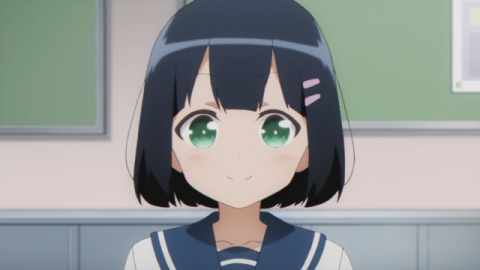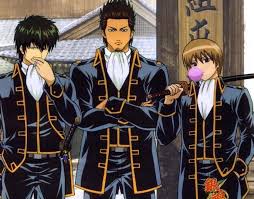Of the many manga titles out there, which is the most beloved worldwide and accepted by many generations? While readers will likely have their own opinions on this question, I believe the most beloved manga in the world is Dragon Ball. While it's certainly inferior to One Piece in terms of sheer circulation, it has been loved by many people over the years, and the fact that so many people can discuss its appeal across generations is perhaps a unique charm that only this work has. Dragon Ball, Japan's pride and joy, has influenced many manga artists in the way it develops its story and portrays its characters. It's safe to say that in recent years, there is hardly a work that hasn't been influenced by this work. And of course, the same can be said for the hugely popular manga I'll be introducing today, Tomodachi Game. I'm sure many readers will find this surprising, so I'd like to explain why this work has inherited the appeal of Dragon Ball, and the appeal of this work that can be seen through Dragon Ball!
What is the Dragon Ball Progression?
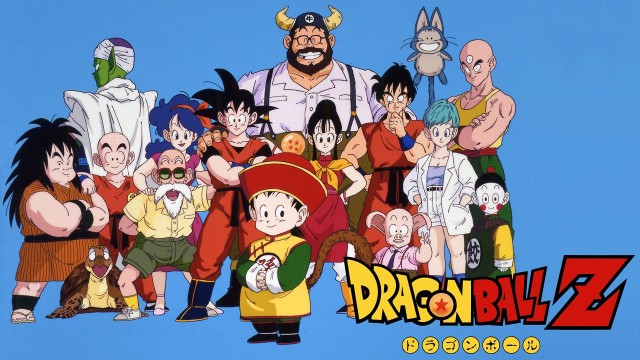
First, before considering the influence of Dragon Ball on this work, I would like to introduce the "Dragon Ball Progression," a common story development method found in Dragon Ball works. The main reason Dragon Ball has remained popular with so many readers over the years is the high level of perfection of this unique story progression method, so be sure to check it out.
1. Defeat a Formidable Enemy
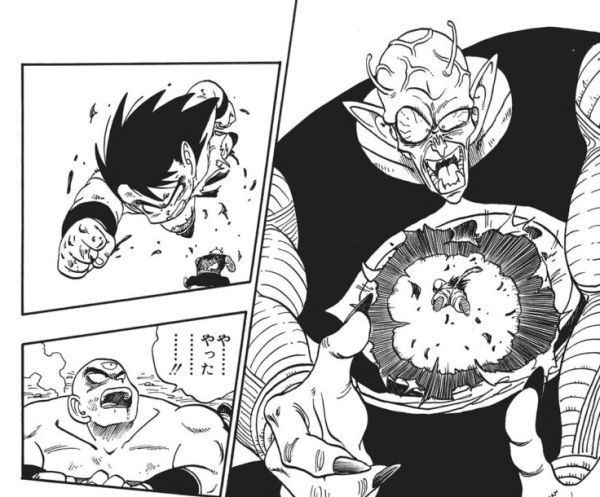
First, the first step in progressing through the Dragon Ball story is defeating the enemy. The story of Dragon Ball begins when the protagonist, Son Goku, endowed with the exceptional abilities of a Saiyan, defeats the enemy.
2. Become a friend
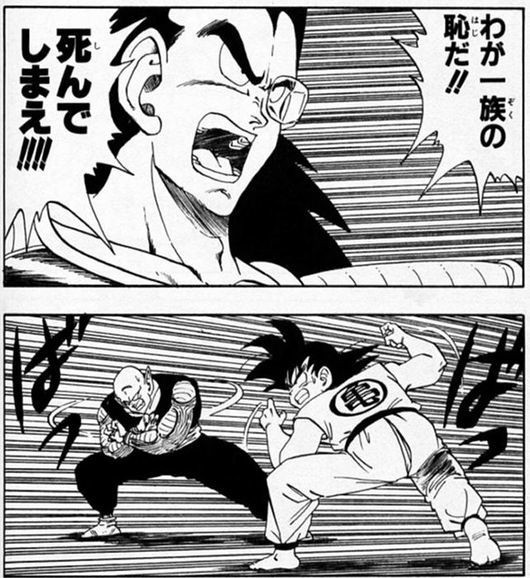
After that, the villain gradually becomes fascinated with Goku's personality and becomes a friend. If the villain is always the same, readers will get bored, so the author predicts the right moment and leaves the villain's position vacant.
3. An even stronger enemy appears and the protagonist is defeated
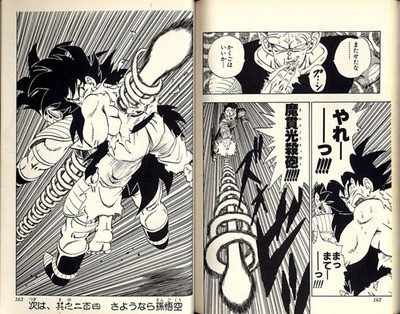
With the previous villain now an ally, the villain position is now vacant, so an even stronger enemy is sent in at a convenient point. Naturally, this enemy must be stronger than the previous one, so it's important to defeat the protagonist once to prove that the enemy is far superior to Goku, who had defeated the previous enemy.
4. The Protagonist Trains
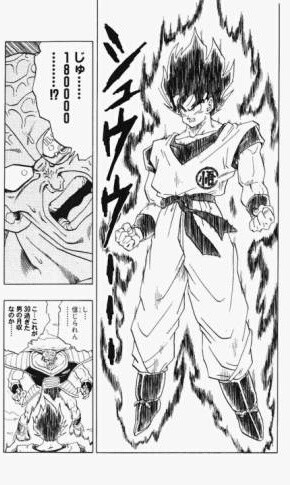
It's important to include a break here, where the defeated protagonist trains. If the story is filled with constant battle scenes, readers will tire out, so it's important to include scenes of the protagonist training at appropriate intervals to set the mood for the next battle so the reader can enjoy it.
5. The Protagonist Defeats a Formidable Enemy (Back to 2)
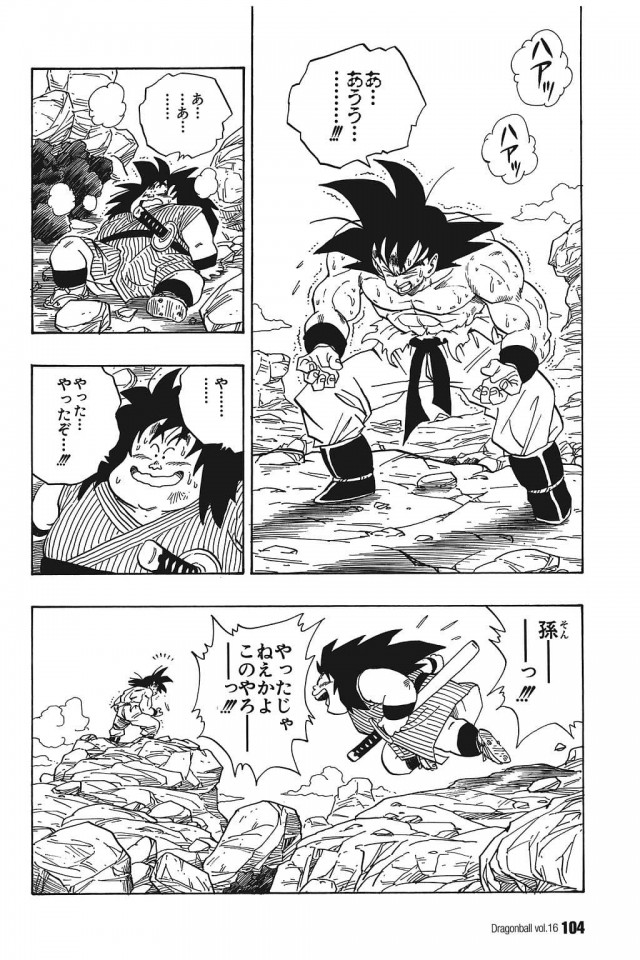
And finally, the protagonist shows off the results of his training and defeats a new enemy, completing the story. After that, we return to the part introduced in 2, where the enemy falls in love with the protagonist's personality and becomes their ally.
That's the Dragon Ball way!

As the story progresses, the number of characters increases, and there are cases where the enemy is completely defeated. However, this type of cycle usually repeats over and over again, which is the way the Dragon Ball story progresses.
Does this work fit into the Dragon Ball progression?
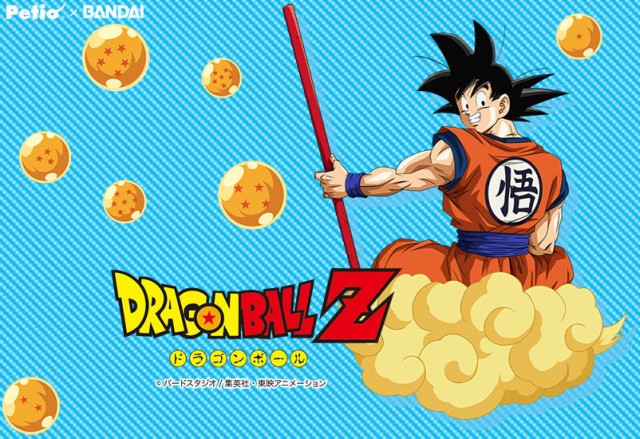
Now, let's consider whether the story development of this work fits into the Dragon Ball progression.
Complete Characters

First of all, the characters in this work are the polar opposite of those in Dragon Ball. Yuichi, the protagonist of this work, has a personality that is the complete opposite of Son Goku from Dragon Ball, who is honest and says what he thinks. But does the storyline in this work, in which Yuichi plays a major role, really match the Dragon Ball characters?
Strong Enemies Appear One After the Other

First and foremost, the story progresses through a format similar to gambling games. Naturally, competing in a game requires an opponent. Therefore, while this is not a fighting manga, its plot is relatively similar to that of Dragon Ball, a fighting manga.
A Gradual Building of a Cooperative Relationship
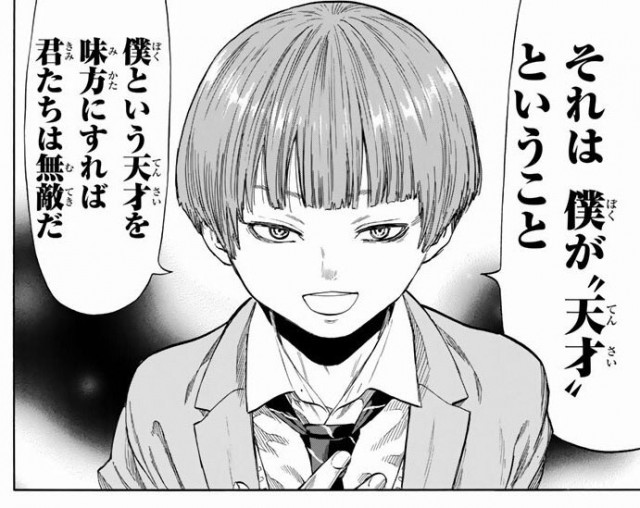
In particular, the plot, in which previously enemies become allies due to a shared mutual interest, seems to be heavily influenced by the progression of Dragon Ball, which laid the foundation for battle manga. In this work, characters who were previously formidable enemies become your allies, and their reliability is on a par with that of Dragon Ball.
Tenchi = Piccolo!?
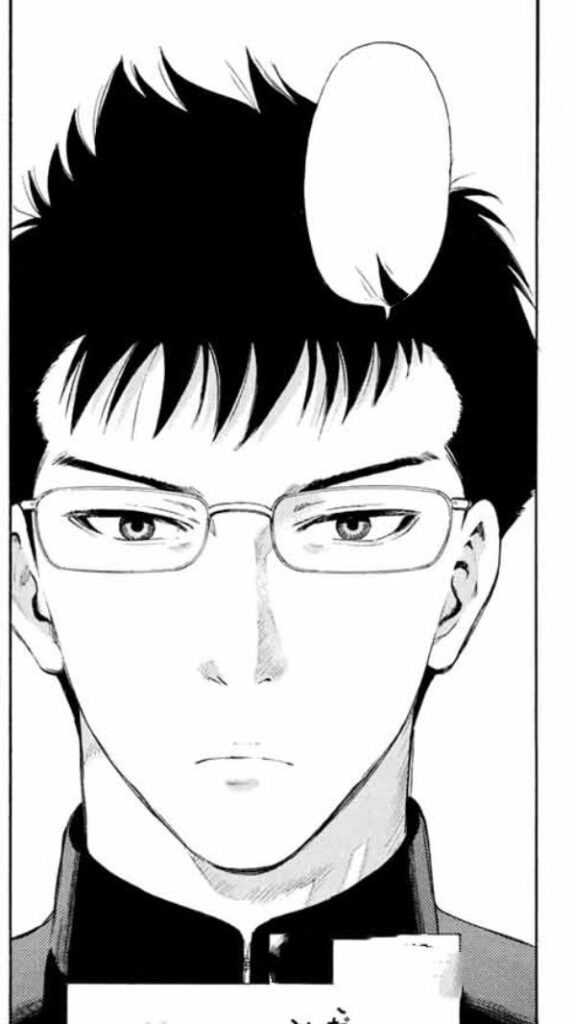
What's even more noteworthy is the trajectory of Mikasa Tenchi, one of the characters in this work. When we analyze Tenchi not just as a character in the story, but as his role in the story's progression, we find many similarities with Piccolo from Dragon Ball.
The First Strong Enemy
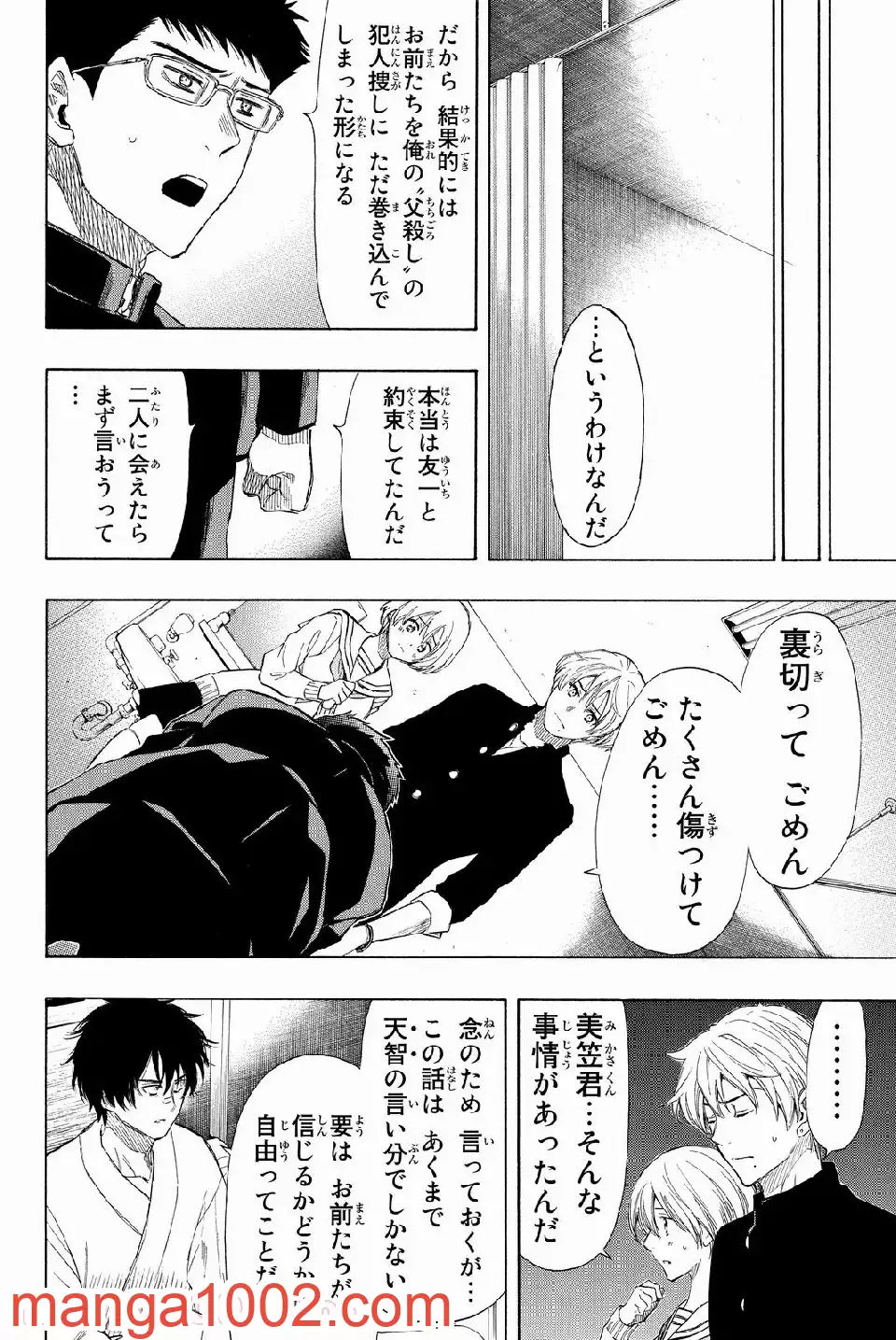
First, one thing Tenchi and Piccolo have in common is that they are both strong enemies at the beginning of the series. In this work, Tenchi is also the first character to reveal his true nature, and he is also the first character that Yuichi struggles to defeat.
A character who truly exemplifies the progression of Dragon Ball

Afterward, he loses to Yuuichi in a one-on-one battle, and, seeing his abilities, he becomes a friend. The process leading up to this friendship is truly a perfect example of the progression of Dragon Ball.
Gradually, he can no longer keep up with the inflation of enemy abilities.
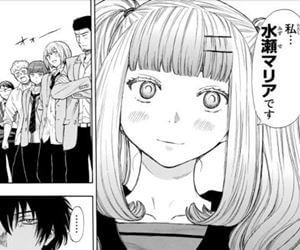
Afterwards, Tenchi continues to serve as a powerful ally to Yuichi, similar to Piccolo in Dragon Ball. However, just like Piccolo in Dragon Ball, the series continues to feature powerful enemies with special abilities, and he gradually falls behind due to the inflation of characters.
Increasing the number of allies with overlapping characters
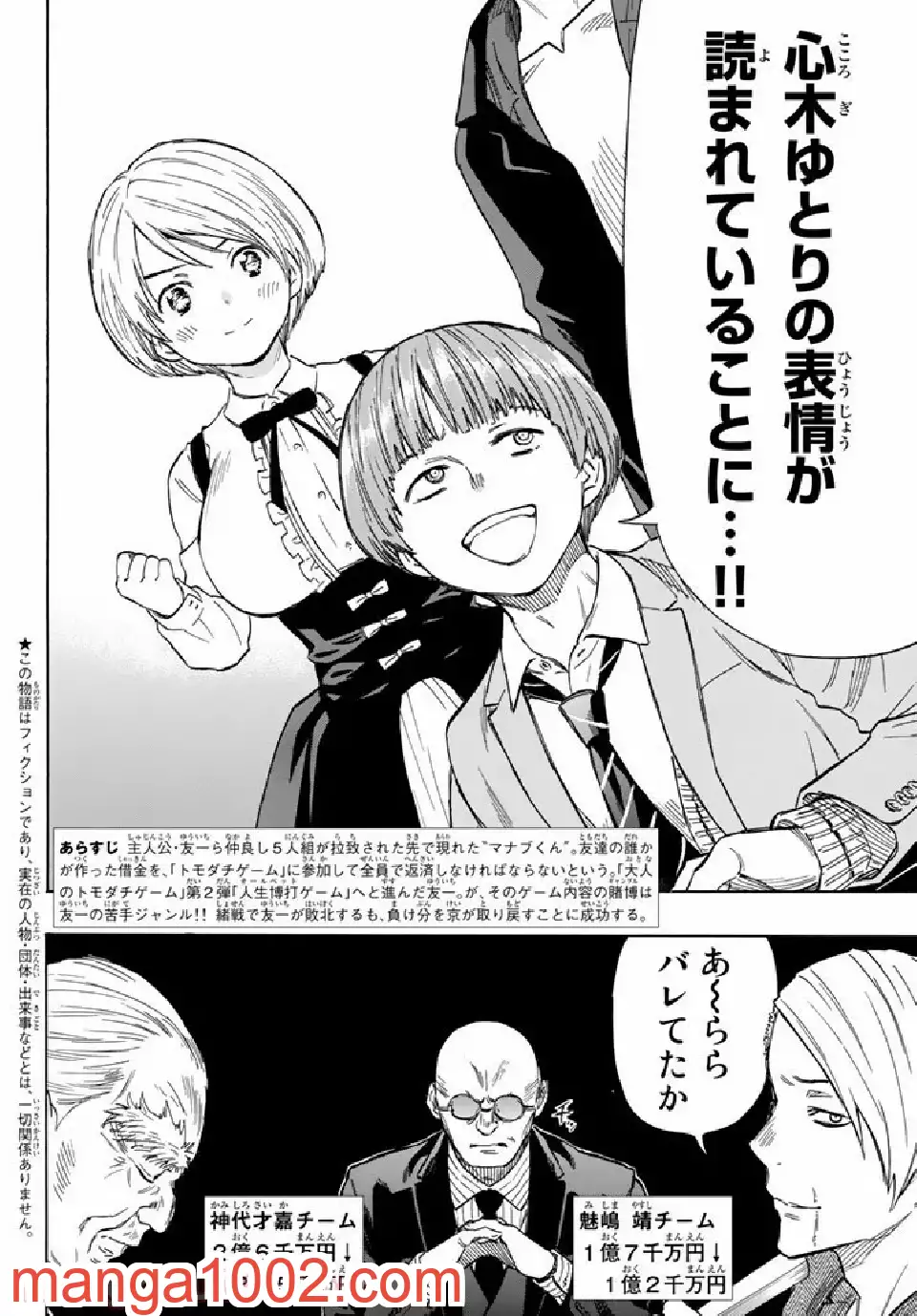
Furthermore, just like in Dragon Ball, where Piccolo was replaced by a tsundere character named Vegeta, Tenchi will also suffer the tragedy of having the genius character Kyo join his team.
Overshadowed by Character Overlap

Until now, Tenchi has touted his intelligence, something that Yuichi lacks. The addition of Kyo, a character whose intellect is nearly identical to his own, ends up overshadowing him.
In the end, he ends up just being a commentator.
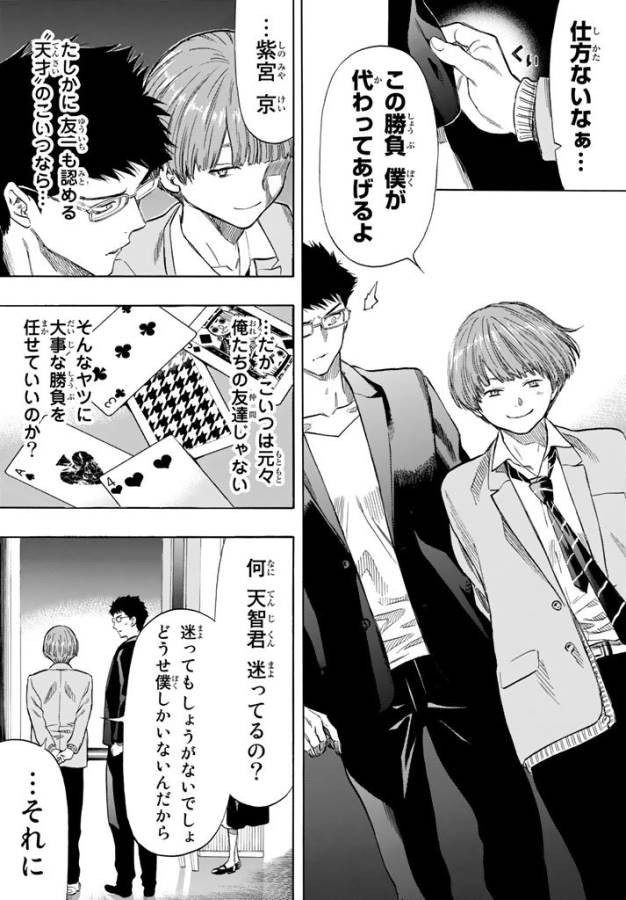
And at the very end, an even sadder fate awaits Piccolo and Tenji. Unable to keep up with the overwhelming number of powerful characters, they are unable to participate in the battles. Piccolo also fought to some extent up until the Cell arc, but by the Majin Buu arc, the difference in power was so great that he could no longer contribute as a fighting force. From the middle of the series onwards, Tenji's role as a fighter using his intelligence is brilliantly overtaken by Kyo, and he is reduced to merely explaining Kyo and Yuichi's brilliant strategies.
The fun of not realizing it's a Dragon Ball-esque story without noticing its origins
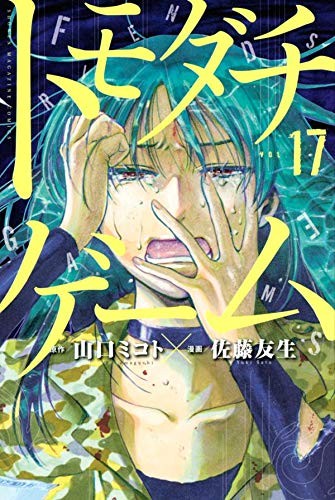
What do you think? This work employs the typical story progression of shonen manga, as seen in Dragon Ball works. While the genre is closer to gambling and death games, the way the story is borrowed from the shonen manga Dragon Ball is quite interesting.
The appeal of this work lies in its blending of numerous works.
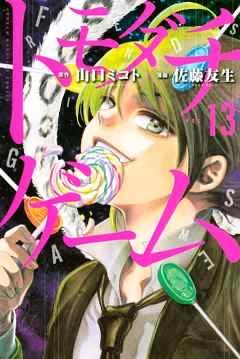
Of course, Dragon Ball isn't the only work that has been influenced by this work. Many other works, such as Gambling Apocalypse Kaiji and Attack on Titan, are also thought to have influenced this work. Perhaps one of the charms of this work is how it skillfully blends these influences and reinterprets them in a unique way, without the reader even realizing it.
How will Yuichi face the increasingly inflated enemy?
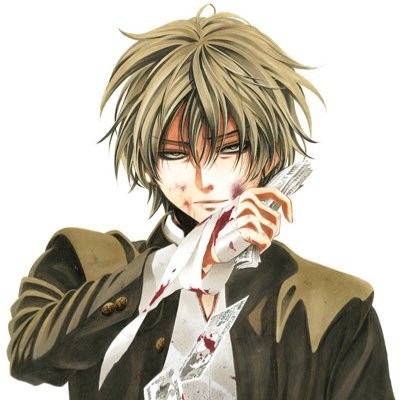
In any case, since the story of this work is largely based on Dragon Ball, it seems likely that this work will be plagued by the Dragon Ball weakness of overinflated enemies. Just as Tenchi is left behind by overinflated enemies, there's also the concern that other characters will gradually drop out of the fight. It will be interesting to see how the protagonist, Yuichi, confronts this overwhelming inflation.
Summary
What did you think? This time, we've introduced some surprising similarities between this work, Tomodachi Game, and the popular manga series Dragon Ball. Dragon Ball is a particularly important work in the history of manga, so many works other than "Tomodachi Game" have used its story progression as a reference. There are many works that have been influenced by it, just like this one, so it might be interesting to examine these other works as well.

